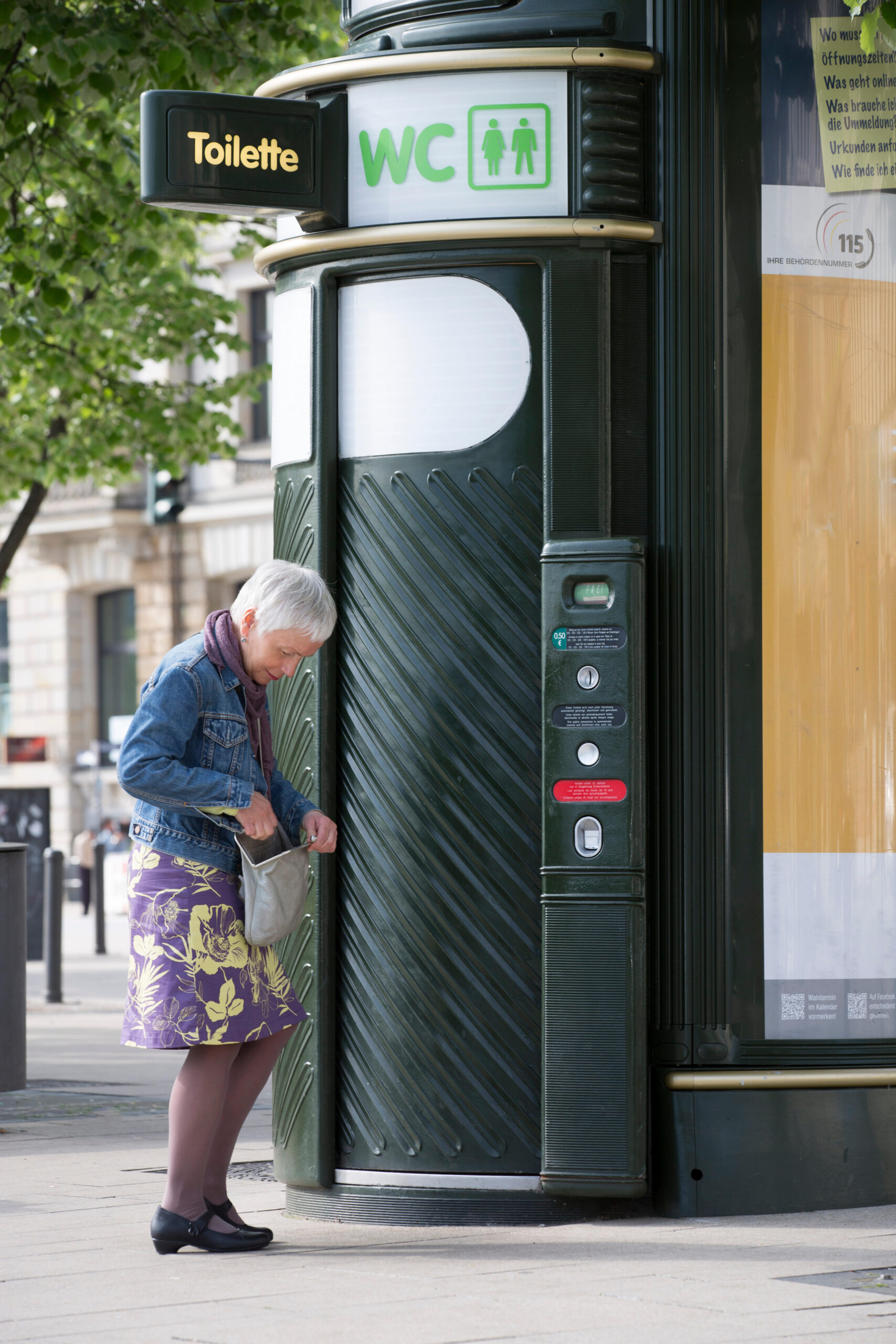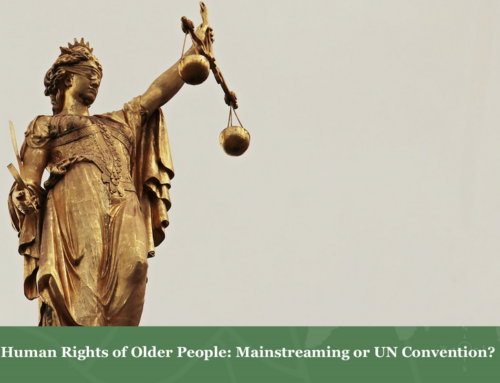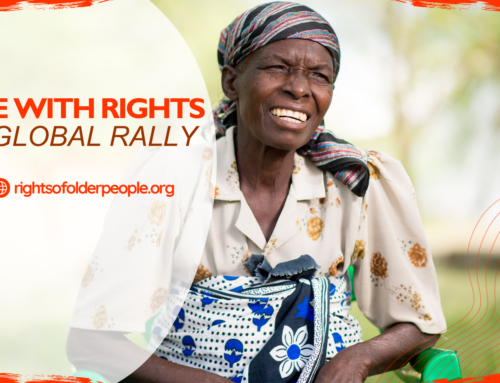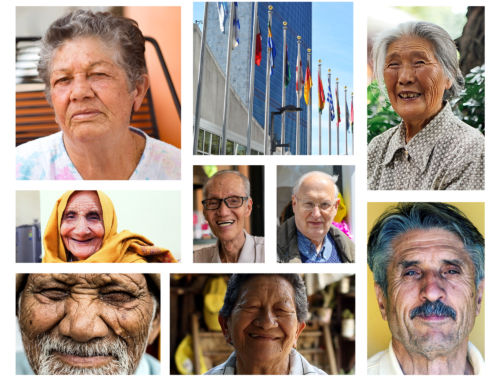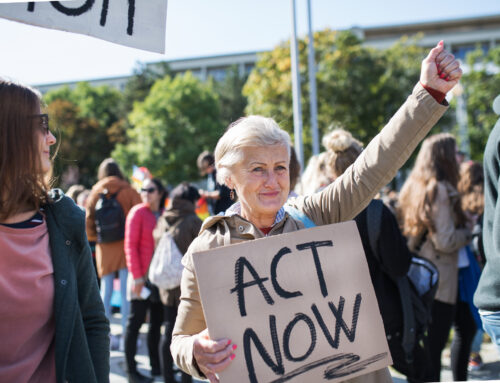Afraid to go out – No Public Washrooms!
“I am afraid to go out to out. There are no public washrooms. I can not control my bladder like I used to”, said an older gentleman at a recent consultation. I saw a few other resigned looks of helplessness when I scanned the virtual room.
The older gentleman continued, “I see others relieving themselves in public when there is no public washroom around. It is not civilized, but there is no other choice. So, I don’t go out.” The session was part of Canada’s national consultation on ageism. I engaged people aged 65 and older because I wanted their voices heard. Most session participants were in their seventies.
The Public Policy Gap
My beloved city of Vancouver has 21.5 public washrooms per one hundred thousand (100k) population. Canada has 18 public washrooms per 100k population and is ranked 15th among 82 countries. Vancouver seems to be doing well in comparison. It is a different story when we look at where the public washrooms are located:
- 33% of the City’s public washrooms are in 15% of the City’s geography in and around downtown.
- 67% are in City parks and public libraries dispersed in the remaining 85% of the City’s geography.
- Only 10 are automated self-clean standalone washrooms, and they are all located downtown.
Older people who don’t live near a city park or public library are out of luck when they go for a walk or run errands. The municipality’s Seniors’ Advisory Committee, of which I have been a member, always advises public washrooms for new or renewal development plans. Yet development plans are few, and they take years to complete!
The Human Rights Protection Gap
Meanwhile, the bladder control situation worsens with aging bodies, and older people go out even less. It is not only a quality of life and well-being issue. It is a human rights issue. First and foremost, it is a gap in the enjoyment of the right to water and sanitation. The core elements of this right are availability, accessibility, affordability, quality and safety, and acceptability.
For example, gender-neutral bathrooms provide safe and private sanitation facility access to transgender and non-gender-conforming people who may otherwise experience indignities, abuse, and violence when they use gender-segregated facilities.
In the same way municipalities, schools, and businesses uphold and protect the right to sanitation for the transgender and non-gender-conforming population, the same needs to happen for the older population. Furthermore, as described by the older gentleman, his rights to freedom of movement and full participation in society are interdependent with his right to sanitation.
Human Rights for You, Me, and the Older Person:
This International Human Rights Day marks the 74th anniversary of the Universal Declaration of Human Rights. We live more dignified, free, and just lives because human rights exist. How and where we apply human rights continues to evolve.
The Ontario Human Rights Commission (OHCR) issued a public policy statement on a human rights-based approach to managing the COVID-19 pandemic. It outlines potential human rights impact, vulnerable groups likely to be impacted, and the need for heightened responses to racism, ageism, ableism, and other forms of discrimination.
A ”Human Rights City” adopts human rights principles and laws as guiding norms of governance. Since 1997, Human Rights Cities have developed in Asia, Africa, Europe, Latin America, and United States. In Canada, Toronto, Montreal, and Winnipeg have begun localizing economic and social rights to varying degrees.
The human rights of women, racialized groups, children, and people with disabilities have been universally recognized through binding legal instruments. Most countries have adopted these instruments into national laws. Sadly though, 74 years and more than 60 international legal instruments later, human rights protection gaps in older age are yet to be universally acknowledged and addressed.
There is a global movement on the rights of older people. Momentum is building. We need more voices – older people of diverse identities and circumstances, social and health advocates, and experts from different sectors. Our collective experiences are needed to link evidence to human rights protection gaps in older age, and help our governments see the imperative of a universal binding instrument in advancing justice and human development.
Let’s connect! I would love to hear your stories, thoughts, and interests in advancing the movement and applying a human rights lens in the community and human development.


